
The director of the Mid-Atlantic Epilepsy and Sleep Center in Bethesda, Maryland, shared his thoughts on how technology has affected patient care and the patient-physician dynamic during the COVID-19 pandemic.

The director of the Mid-Atlantic Epilepsy and Sleep Center in Bethesda, Maryland, shared his thoughts on how technology has affected patient care and the patient-physician dynamic during the COVID-19 pandemic.
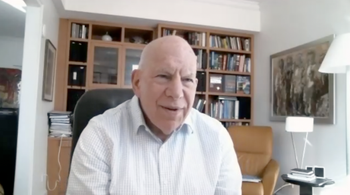
The chairman of the Department of Genetic Medicine at Weill Cornell Medicine detailed the ongoing research in developing gene therapy for patients with Alzheimer disease.
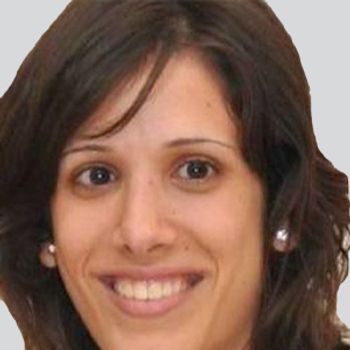
The rate of maternal clinical insomnia increased from 11% pre-pandemic to 23% during the COVID-19 pandemic.
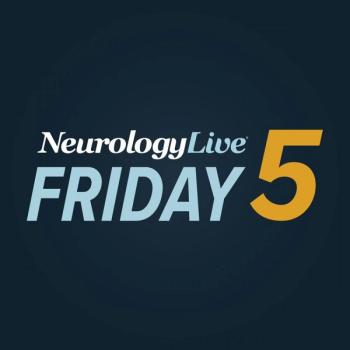
Take 5 minutes to catch up on NeurologyLive's highlights from the week ending October 16, 2020.

The combination agent resulted in a 44% lower risk of death for patients with ALS, with a 6.5-month longer median survival compared with placebo.
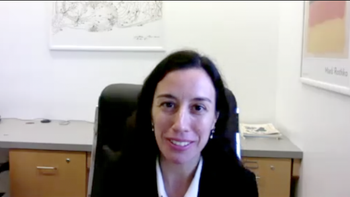
The assistant professor of neurology and neuroscience at Mount Sinai Medical Center detailed the findings of a recent pilot trial of riluzole in Alzheimer disease she and colleagues conducted.
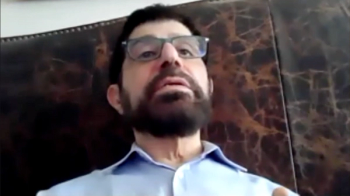
The senior vice president of clinical development, drug safety, and pharmacovigilance at FibroGen discussed why the representation of non-ambulatory patient populations is necessary in DMD trials.

Decreases in weekly migraine days remained steady during the last 2 weeks of the first quarter, with a similar maintenance of response during the second quarter.

To date, the connection between vascular dysfunction and tau pathology and how it affects cognition has not been well understood.
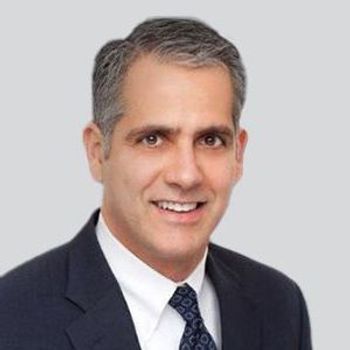
The recently approved oral solution, known as JZP-28 (Xywav), was associated with clinically meaningful improvements in Epworth Sleepiness Scale, Patient Global Impression of Change, and Idiopathic Hypersomnia Severity Scale scores.
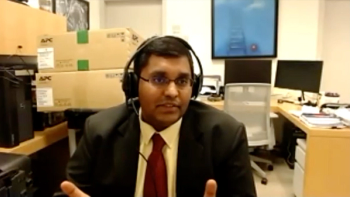
The Cleveland Clinic researcher details a study that will use biomarkers to develop a predictive model to identify individuals with Parkinson disease who may develop dementia.
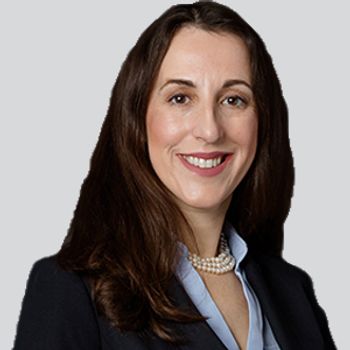
Patients with neurologic disorders were more often older, male, white, hypertensive, diabetic, intubated, and had higher sequential organ failure assessment scores.
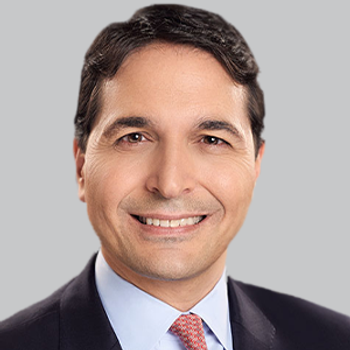
If approved, rimegepant will be the first and only anti-CGRP agent indicated for both the preventive and acute treatment of migraine.
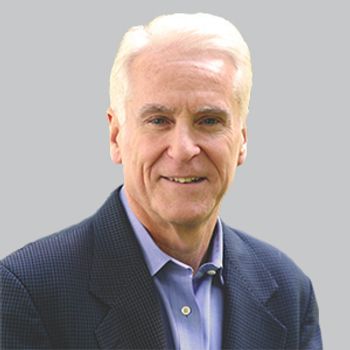
The drug, marketed as Wakix, was previously approved for the treatment of excessive daytime sleepiness in adults with narcolepsy.
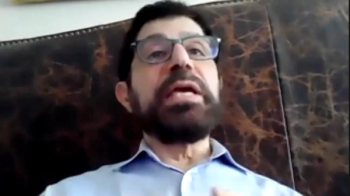
The senior vice president of clinical development, drug safety, and pharmacovigilance at FibroGen discussed why turning Duchenne muscular dystrophy into a chronic disease rather than a fatal one, is a top priority.

Italfarmaco is expected to report topline data from the phase 3 EPYDIS trial in June 2022.
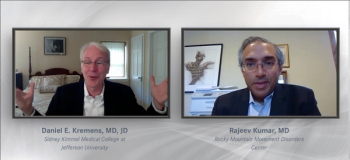
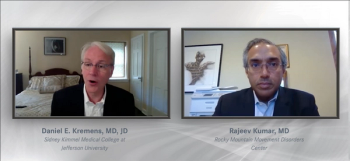
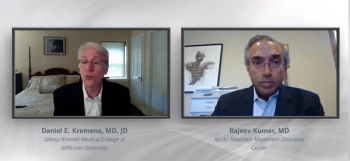
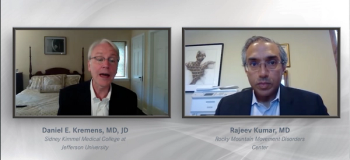
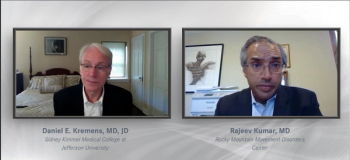
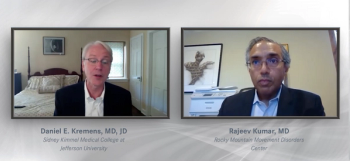
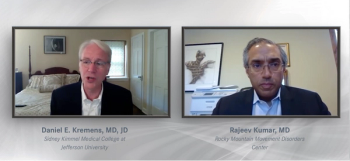
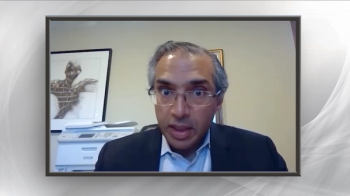
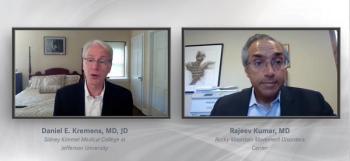
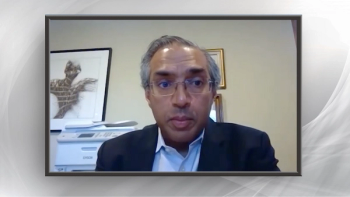
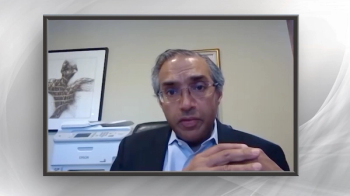
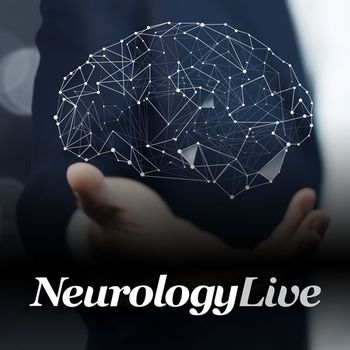
The device is the first FDA-approved trigeminal nerve stimulator for migraine treatment available without a prescription.

The assistant professor of neurology and neuroscience at Mount Sinai Medical Center discussed the literature that influenced a pilot trial of riluzole in Alzheimer disease.
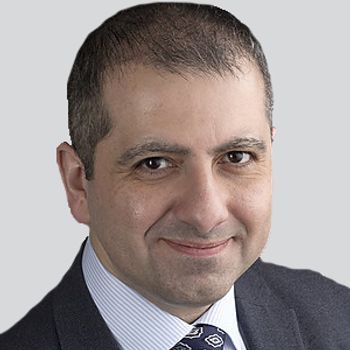
The largest real-world study of patient-reported outcomes in people with migraine demonstrated the positive benefits that the CGRP mAbs drug class has had on migraine.